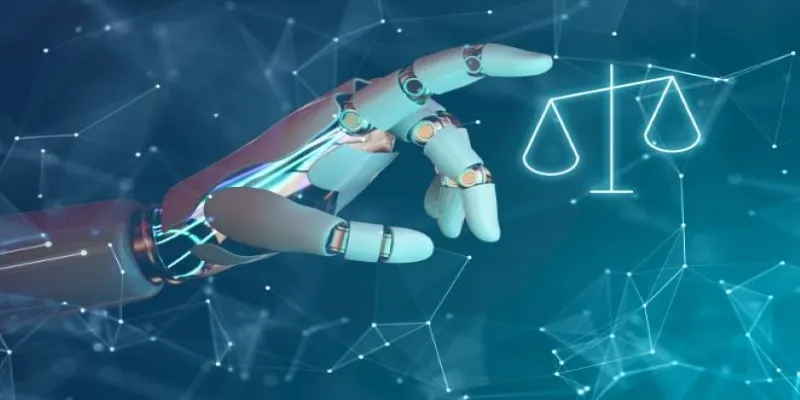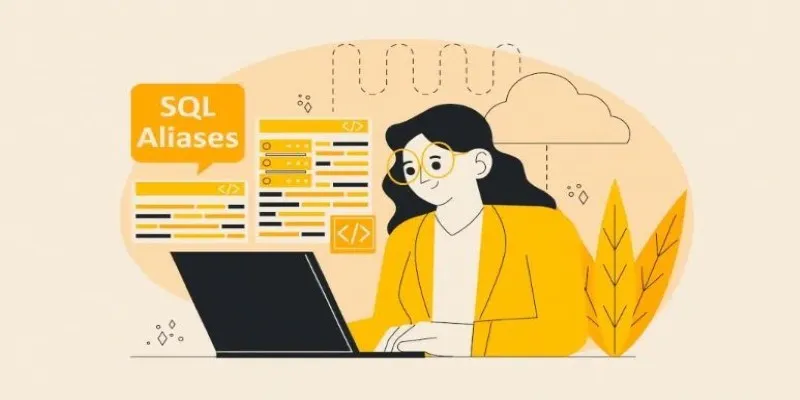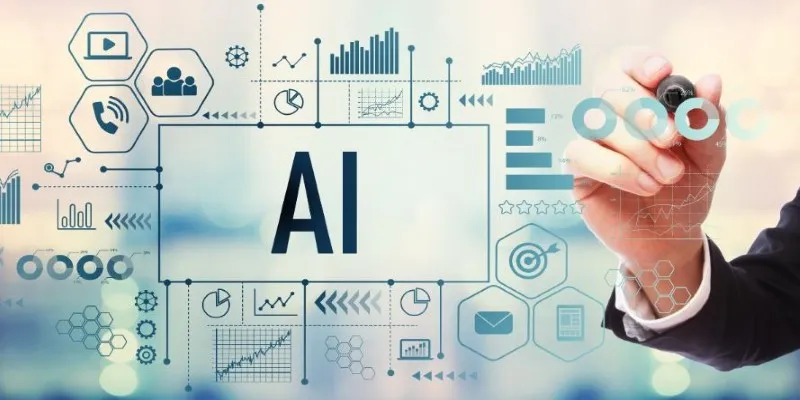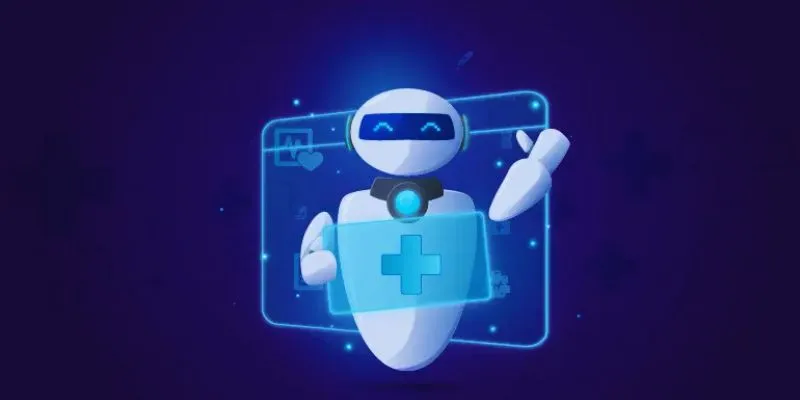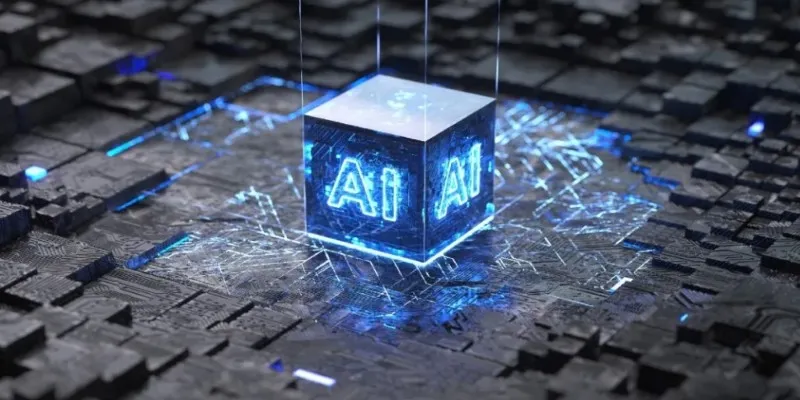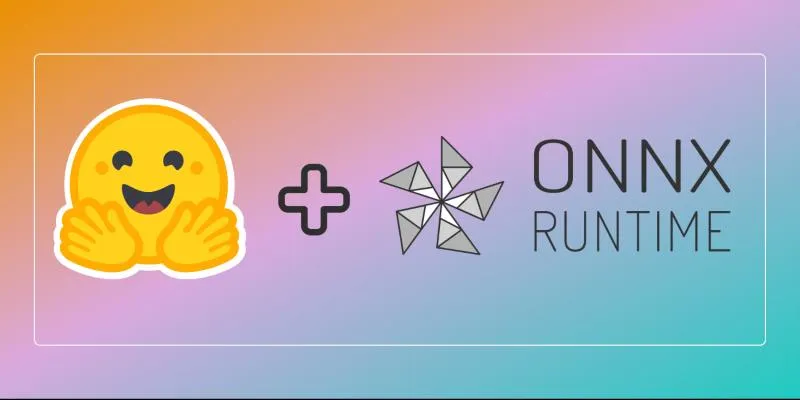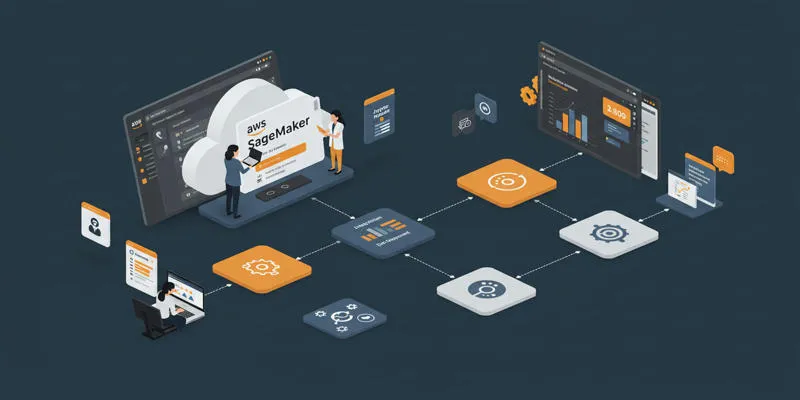When discussing artificial intelligence (AI), many envision smart assistants or self-driving cars. However, the core functionality that empowers these technologies is rooted in logic and reasoning. These foundational elements enable machines to comprehend the world, similar to how humans solve problems or make decisions. Although AI may appear magical, its true power lies in structured thinking—utilizing data with purpose rather than merely storing it.
Logic and reasoning transform raw data into meaningful and often remarkable outcomes, whether it’s drawing conclusions, solving puzzles, or navigating uncertainty.
The Role of Logic in Artificial Intelligence
Logic in AI involves structure and rules, providing machines a framework for representing facts and deriving conclusions. At its simplest, logic employs basic true-or-false statements, known as propositional logic. More advanced systems use predicate logic to represent relationships between objects and broader generalizations.
Instead of hardcoding every possible scenario, AI can use logic to deduce new facts. For instance, if an AI knows that all birds have wings and that a sparrow is a bird, it can conclude that sparrows have wings. This reasoning is crucial in expert systems, where decisions are based on rule chains.
Beyond simple logic, AI employs more flexible systems like non-monotonic logic, allowing beliefs to be revised with new information. This capability helps machines manage contradictions or exceptions, such as recognizing that penguins are birds but don’t fly.
Automated reasoning tools, like theorem provers, originate from this logic- first foundation. These systems verify the correctness of software or mathematical proofs by applying logical rules to a given set of premises. Logic enables AI not just to store knowledge but to actively work with it—drawing inferences and applying them in complex problem spaces.
Reasoning: Beyond the Rulebook
Logic provides AI with a solid framework, but reasoning brings that framework to life. Reasoning enables AI to address uncertainty, incomplete data, and changing environments. It focuses on forming the best possible explanation based on available information rather than absolute truths.

Deductive reasoning is the strictest form, starting with general principles and applying them to specific situations. For example, if all humans are mortal and Socrates is human, then Socrates is mortal. This method is utilized in AI systems that follow well-defined rules, where outcomes are consistent and exceptions are rare.
However, the real world is not always straightforward, necessitating inductive and abductive reasoning. Inductive reasoning observes patterns and generalizes them. If an AI system encounters hundreds of black crows, it may assume all crows are black. While not guaranteed to be true, it is sufficient for learning and making predictions.
Abductive reasoning is more complex, aiming to identify the most likely explanation for a given clue. If a system hears thunder, it might infer that it’s raining, even without direct evidence of rain. AI uses this approach in fault diagnosis, behavior prediction, and real-time decision-making—areas where complete data is scarce.
AI combines logic with data-driven tools like probabilistic models, heuristics, and neural networks to manage ambiguity. These hybrids allow machines to “reason” in shades of gray, rather than just black and white.
Bayesian networks exemplify this approach, using probability layered with logic, allowing AI to update its beliefs when new information arises. For instance, if a patient has a cough and later develops a fever, a medical AI will increase the probability of diagnosing the flu. This method strikes a balance between logic and adaptability, reflecting real-world complexities.
Challenges and Evolving Frontiers
Despite the value of logic and reasoning in AI, they face significant challenges. Logical systems tend to be brittle; a single contradiction in the knowledge base can disrupt an entire inference chain. Additionally, they struggle to scale, as increasing facts and rules complicate computations.
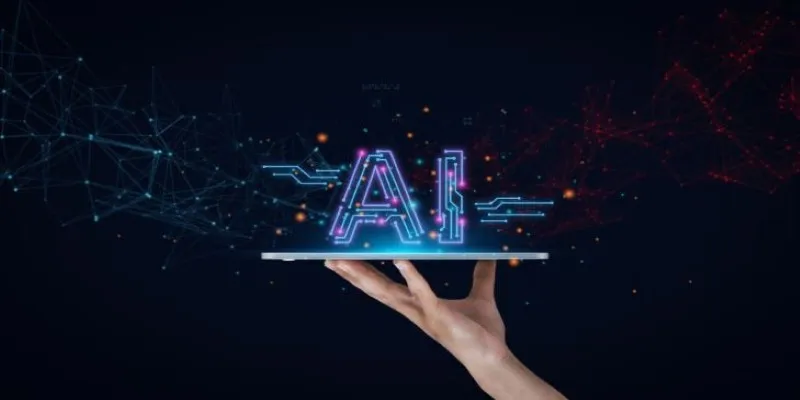
Conversely, machine learning models excel in scalability, thriving on massive datasets and performing well in pattern recognition. However, their weakness lies in explainability. While these models can make predictions, they often cannot articulate the reasoning behind them, making trust difficult in critical fields like healthcare or law.
The divide between logic-based and learning-based AI has spurred efforts to combine their strengths. One promising direction is neuro-symbolic AI, a fusion of neural networks and symbolic reasoning. These systems aim to deliver both performance and clarity, enabling machines to learn from data while providing understandable explanations for their conclusions.
Another challenge is common-sense reasoning. Humans instinctively know not to put metal in a microwave or to look before crossing a busy road. Encoding such knowledge into machines is a gradual and challenging process, requiring massive, curated datasets and models attuned to subtle context.
Despite these obstacles, logic and reasoning remain pivotal to AI’s future. They are essential for interpretation, structured decision-making, and meaningful interaction. Without them, even the most advanced systems would lack true understanding—reacting rather than reasoning, processing instead of thinking. The future of AI hinges not just on faster learning but on deeper thinking.
Conclusion
Logic and reasoning form the invisible framework behind every intelligent action a machine takes. While data fuels AI, reasoning gives it meaning and purpose. These systems don’t merely calculate—they interpret, infer, and adapt. As technology advances, the goal is not just speed or automation but thoughtful, explainable decision-making. Thinking machines capable of clear reasoning will earn our trust. In a world inundated with information, logic provides direction, and reasoning adds depth, transforming artificial intelligence into a reliable thinking partner.
 zfn9
zfn9









